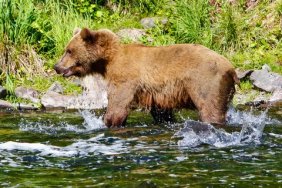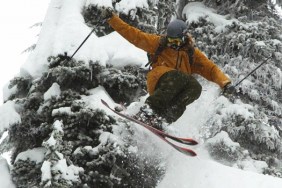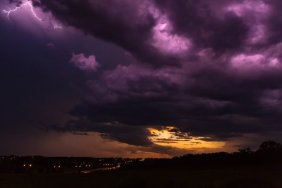 If you live in areas where avalanches have been known to occur, it’s smart, not to mention potentially life-saving, to brush up on your avalanche awareness before hitting the backcountry. One aspect of this involves familiarizing yourself with a few of the factors that can contribute to avalanches. One such factor is the terrain, which we’ll take a closer look at today.
If you live in areas where avalanches have been known to occur, it’s smart, not to mention potentially life-saving, to brush up on your avalanche awareness before hitting the backcountry. One aspect of this involves familiarizing yourself with a few of the factors that can contribute to avalanches. One such factor is the terrain, which we’ll take a closer look at today.
It’s good to pay attention to the angles of slopes when you’re skiing, hiking, or climbing. Avalanches occur most frequently on slopes between 30 and 45 degrees, so be mindful of such areas. To help determine the angles of the slopes around you, a compass that features a clinometer will be vital. Otherwise, be sure to take a look at any available topo maps of the area where you’ll be.
Slope direction will play a role, as well. During winter, a slope facing south will tend to be more stable than one facing north, because its increased sun exposure will melt and condense the snow. While it’s tempting to head for north–facing slopes because they hold all the best powder, they’re also more likely to have unstable layers of dry, icy snow that doesn’t stick to the adjacent layers. By spring and early summer, however, a south–facing slope can experience more serious melting, which increases the risk of dangerous snow slides. It is during these warmer weather seasons when the snow on north–facing slopes begins to consolidate, thus making them safer.
Finally, snowpack is likely to be unstable in areas such as bowls, cirques, and depressions where it often settles after a slide. Steep, narrow gullies tend to collect snow and present a trap for hikers or skiers caught in them, especially if their sides are steep.
Avalanches are no joke and anyone who has witnessed one firsthand will attest to the sheer, immense power that nature can present when a wall of ice and snow cascades violently down the side of a mountain. We’ll take a look at some more avalanche tips over the next week or so, so be sure to read up if you hit the backcountry in avalanche-laden regions.








